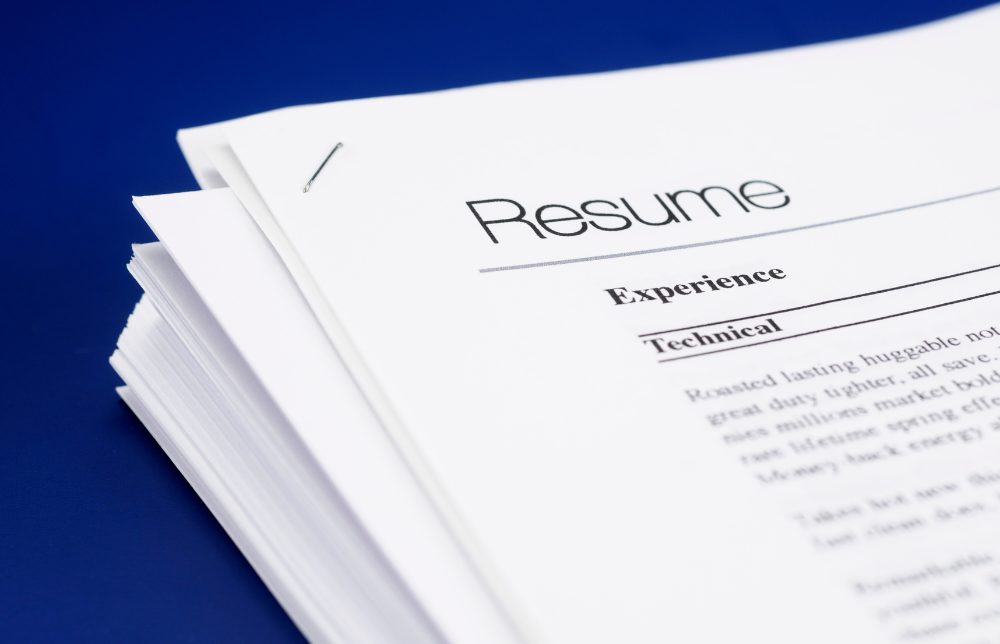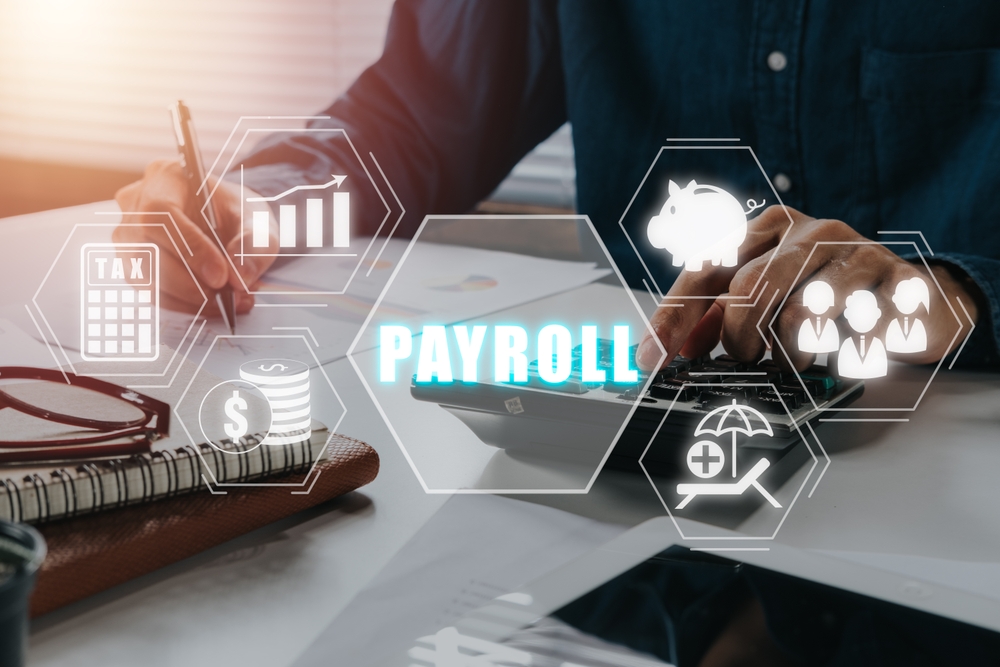Presenteeism in a post-coronavirus world – and what you can do about it
We’ve all been there: we’re clearly unwell but a deadline is looming or we have an important meeting to attend, so we drag ourselves to work, determined to be seen ...

We’ve all been there: we’re clearly unwell but a deadline is looming or we have an important meeting to attend, so we drag ourselves to work, determined to be seen as being “devoted to the cause” – to the extent that we place our jobs ahead of our own health. In mid-2020 this phenomenon, known as presenteeism, has taken on a potentially deadly tinge. As seen by the rapid community transmission of COVID-19, showing up to work while unwell could have tragic and far-reaching consequences for entire workforces – especially for those who have already returned to the workplace but are being complacent about social distancing.
A study[1] conducted just prior to the outbreak of the global coronavirus highlighted how widespread presenteeism is. The global survey, co-authored by Professor Peter Collignon of the Australian National University, canvassed the views of more than 500 people from 49 nations worldwide. Almost all workers – 96.5% of non-healthcare workers and 99.2% of healthcare workers – went to work with minor flu symptoms, including a cold, sore throat, fatigue, sneezing, runny nose, mild cough and reduced appetite.
“It was bad enough before COVID-19 when it was just influenza and other respiratory viruses. But, now we have coronavirus it is more important than ever not go to work when you are unwell,” Professor Collignon said.[2]
Warning signs of rampant presenteeism may include:
- Visible signs of illness. It may seem obvious but when employees continue to work while unwell, not only does it take longer for them to recover, but they’ll spread the illness to colleagues.
- Low absence/sick leave rates. While this is often perceived as a positive sign of a happy, engaged and healthy workforce, it may actually be a sign of presenteeism. Employees may feel they must show up to work rather than taking a day of sick leave. An analysis of absence or sick leave rates may reveal that people are physically present at work but mentally checked out due to stress, anxiety or other mental illness.
- Low morale. Feeling obliged to show up to work while not feeling 100% can often manifest itself in demotivated employees. This is especially the case when employees are battling through illnesses, injuries or other struggles during work time – when they should really be at home recuperating.
- Increasing errors and mistakes or sloppy work. Presenteeism essentially means that when employees are at work in body, they’re not necessarily there in mind. When minds wander, errors creep into work.
How can employers ensure that undue risks are not being taken? The root cause of presenteeism is often poor workplace culture. This is perhaps best highlighted where there are expectations that employees will be “always-on” and contactable 24/7. Digital work environments and the rise of technology such as smartphones have made such environments commonplace. Other ingredients for presenteeism are cultures dominated by performance-related targets and pay, and reduced job security. When people feel their livelihoods are under threat, they may feel obliged to stretch their health to breaking point. In addition, some cultures are undermined by “the guilt factor” whereby employees may feel they will be judged or criticised for taking time off.
What can employers do to reduce presenteeism?
Look at your culture
Is health and wellbeing valued? Or is it treated as an inconvenient afterthought? Employees should be encouraged to look after themselves – but just as critically they should feel supported when they need to take time off. Whether it’s a mental health issue or a physical illness, they should feel it’s ok to ask for time off to recover. It goes without saying that when employees are off work, they should not be contacted for work-related matters.
Deliver a wellbeing program
If nothing else, COVID-19 has demonstrated how critical employee health and wellbeing is – and hopefully this understanding will continue long after the pandemic disappears from view. Wellbeing is not just about offering gym memberships to look after physical wellbeing; it may also encompass healthy eating and nutrition seminars, flu vaccinations, eyecare discounts and other services covering emotional and financial wellbeing.
Read our blog for tips on managing anxiety during COVID-19
Offer flexible working
Another positive take-away from the pandemic has been the increased acceptance of flexible or alternate work arrangements. Taking a whole day off work might not be necessary for all your employees; they might just need to adjust their working pattern to accommodate their needs. Introducing flexible working is therefore a great way to combat presenteeism because it gives your employees the option to modify their working regime.
Ensure familiarity with leave entitlements
Do your employees know what leave they are entitled to if they (or a family member) are unwell? Ensure these policies are up-to-date and communicated to all employees.
In Australia, employees can request:
- Paid sick and carer’s leave – 10 days. Sick and carer’s leave fall under the same leave entitlement, and full-time employees are entitled to sick days of leave each year. The balance of unused leave also carries across to the following year. Part-time employees get pro rata of 10 days each year based on how many hours they work.
- Unpaid sick leave – 3 months. Once paid leave entitlements are used, employees may request unpaid sick leave.
- Unpaid carer’s leave – 2 days. Once paid sick and carer’s leave entitlements are used, employees may request up to 2 days of unpaid carer’s leave to provide care for a family or household member.
- Compassionate and bereavement leave – 2 days. All employees are entitled to 2 days of compassionate and bereavement leave in the event that a member of their immediate family dies or suffers a life-threatening illness or injury.
Note: On 8 April 2020, the Fair Work Commission made determinations varying 99 awards to provide unpaid pandemic leave and greater flexibility for annual leave for employees in many awards. Read more here.
In New Zealand:
The sick leave entitlement is a minimum of 5 paid days per year and the employee can accrue up to a maximum of four years’ entitlement. For example, 5 days x 4 years = 20 days (more if the employee’s agreement states a higher entitlement and maximum balance). Employers must also allow employees to use sick leave to care for a sick or injured spouse, partner, dependent child or any other dependent individual. Generally, most permanent and fixed-term employees would qualify for sick leave once they have completed 6 months of continuous service.
Casual employees are also entitled to sick leave and bereavement leave after 6 months of starting work if during that time they have worked:
- an average of at least 10 hours a week, and
- at least one hour a week or 40 hours a month.
Employees can apply for unpaid leave for any reason – but it’s up to employers whether or not to agree to it. If you an employee is allowed to take unpaid leave of more than a week throughout the year, the employer must consider how it will affect their annual leave entitlements and payment calculations.
In addition, once an employee has worked at the same company for six months, they are entitled to paid bereavement leave of:
- 3 days if their partner, parent, child, sibling, grandparent, grandchild, or their partner’s parent dies
- 1 day on the death of a person outside their immediate family (if the employer accepts that your employee has suffered a bereavement).
Leave and pay obligations for New Zealand employers during COVID-19 can be read about here.
Stopping the spread
As employers shift their focus to recovery from COVID-19, combating presenteeism should be high on agendas. We’ve already suffered through a pandemic; having an open door policy and communicating transparently with employees (and asking them to reciprocate), showing empathy and introducing a range of health and wellness benefits may ensure the issue of presenteeism doesn’t turn into an epidemic at a time when fit and healthy employees are needed most.
ELMO Cloud HR & Payroll can help business leaders manage their workforce, even while operating remotely. As a cloud-based solution, ELMO helps employers manage their teams from anywhere at any time from a secure, centralised database. All employee-employer touchpoints are covered by ELMO’s suite, from ‘hire to retire’. This includes recruitment, onboarding, performance management, payroll, rostering / time & attendance, learning & development, and more. For further information, contact us.
[1] Not sick enough to worry? “Influenza-like” symptoms and work-related behavior among healthcare workers and other professionals: Results of a global survey
[2] Time to rethink ‘sickness presenteeism’: study
 HR Core
HR Core 









